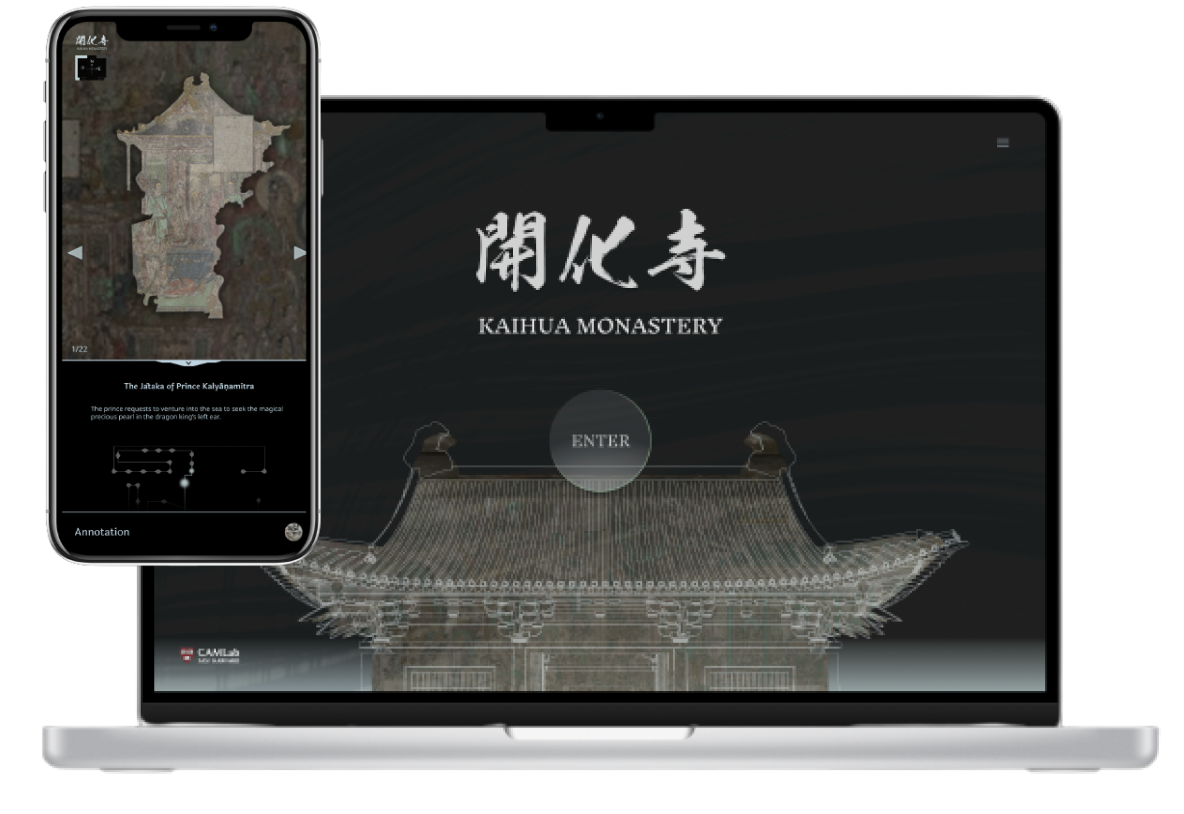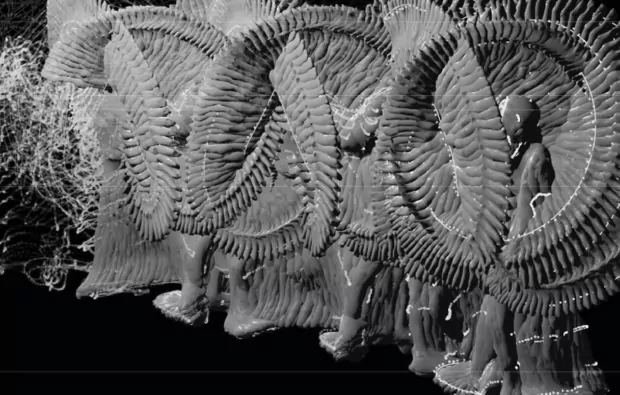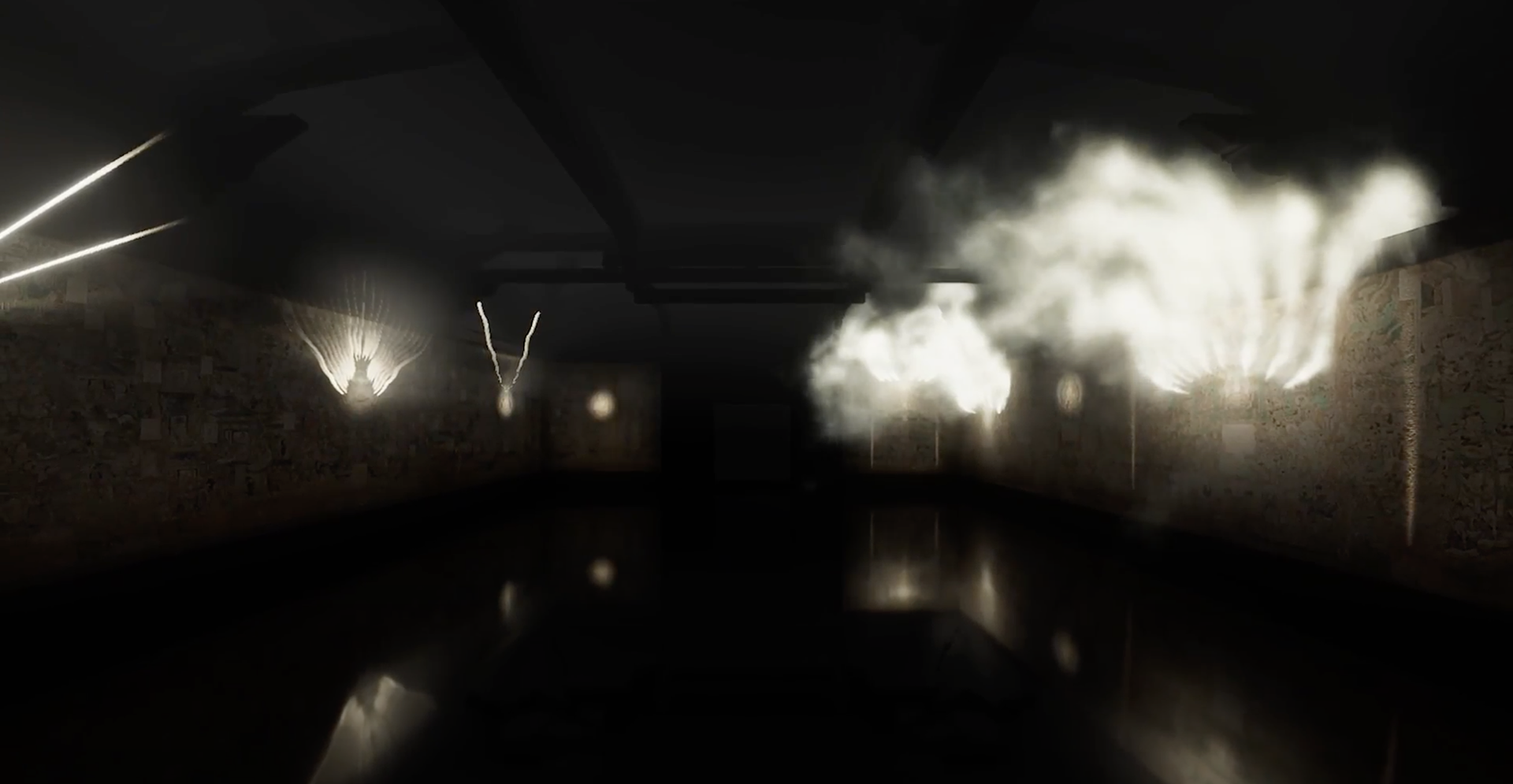Far more than a spatial enclosure, a Buddhist temple was deemed in medieval Asia to be a total representation of the cosmos, a symbolic complex of the body, a living organism, a utopia—a microcosm sufficient unto itself. Mining the intersections of humanistic research and new media technology, CAMLab explores a series of Buddhist temples as case studies that unveil the deeper logic of image making and spatial narratives in Chinese art and architecture.

Kaihua Monastery
山西高平開化寺
Nestled into the western foothills of the Taihang range in China’s Shanxi province, Kaihua Monastery (c.1073/1092–96) was once a large complex of structures. However, today only one Northern-Song building still stands: its main Buddha hall, namely the Mahavira hall (in Chinese: Daxiong baodian 大雄寶殿, the Treasure Hall of the Great Hero). With an interior rich in pictorial iconographies, this Buddha Hall’s visual program transformed it into a virtual theater by embedding both temporal and spatial transformations within its representations. By unpacking the artistic and religious underpinnings of the temple’s visual program, CAMLab stages a virtual experience of the temple’s transformative process, through which an array of semiotic and sensorial media reconstructs—and facilitates—the transcendence of embodiment.
Kaihua Monastery - Virtual World
Visit our website for an immersive journey into the Kaihua Monastery. Explore Kaihua Monastery through its spatial-temporal structure, transformative process, and optical experience. Learn more about the history and academic findings about the monastery through our collection of annotations, archival images, and educational games.

Digital Temple
Far more than a spatial enclosure, a Buddhist temple was deemed in medieval Asia to be a total representation of the cosmos, a symbolic complex of the body, a living organism, a utopia—a microcosm sufficient unto itself. Mining the intersections of humanistic research and new media technology, CAMLab explores a series of Buddhist temples as case studies that unveil the deeper logic of image making and spatial narratives in Chinese art and architecture.
- More...
Harvard FAS CAMLab
Integrating humanistic inquiry with cutting-edge technology and design, CAMLab explores innovative, interdisciplinary ways of showcasing art and culture through immersive installations, exhibitions, films, digital publications, and other multimedia forms. CAMLab creates and curates forward-looking, experimental work that explores enduring questions of human consciousness. Using cutting-edge multimedia storytelling and multi-sensory technologies, we model cultural and historical experiences that engage and transport participants beyond the here and now, across the continuum of time and space. Guiding modern audiences through these immersive, imaginative spaces, we enable them to discover and access forms of knowledge that are otherwise impossible.










